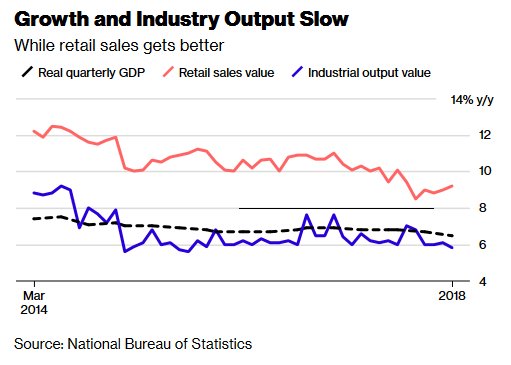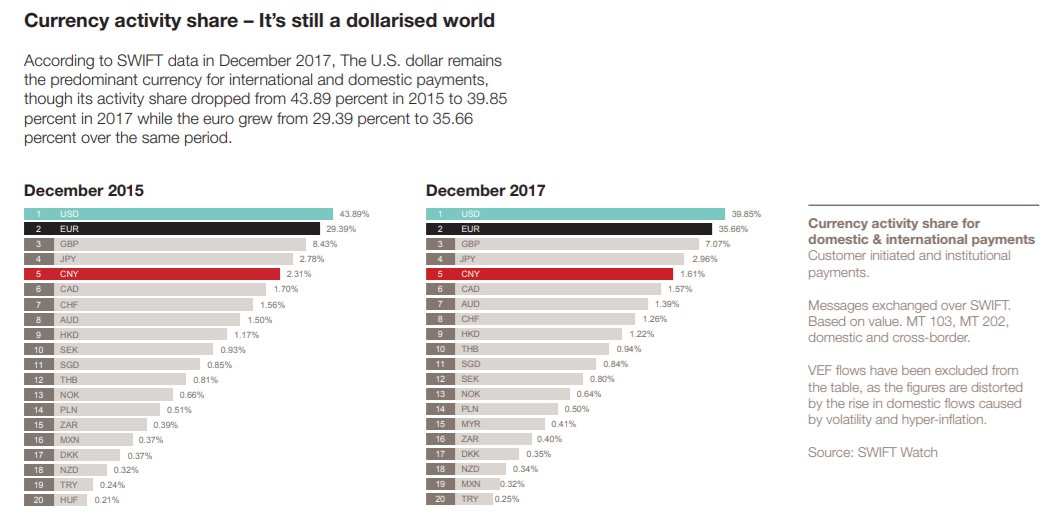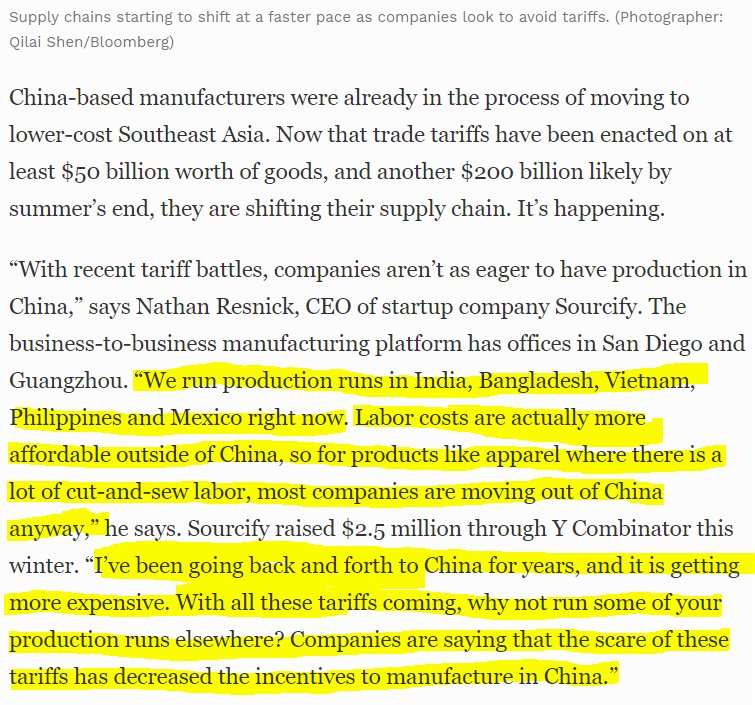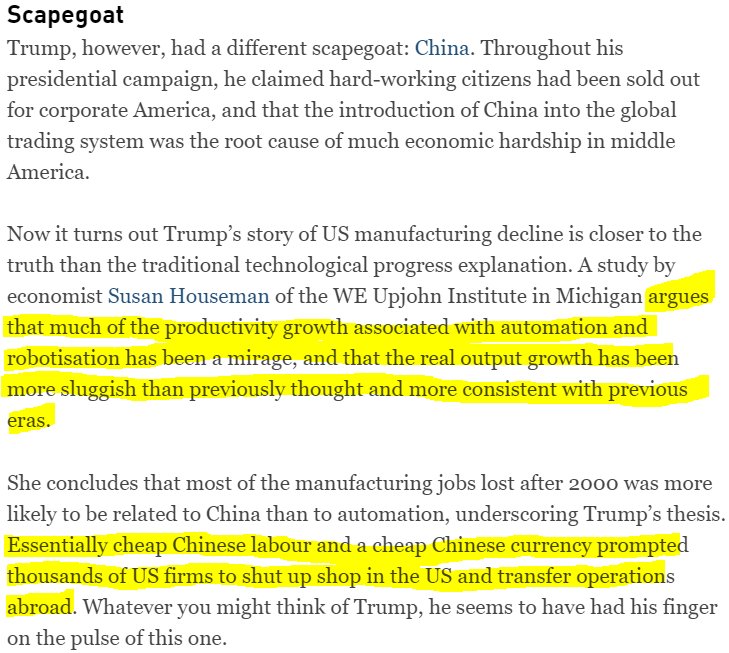One of Clinton’s favorite reporters was Walter Pincus of the Washington Post. His son was then the General Counsel at the Commerce Department, which had authorized the illegal transfers.
The prices of imported durable goods (stuff from China) will increase, slowly over time; depending on the supply chain for the specific product sector.
Interesting. He’s been thinking about this stuff for years.











